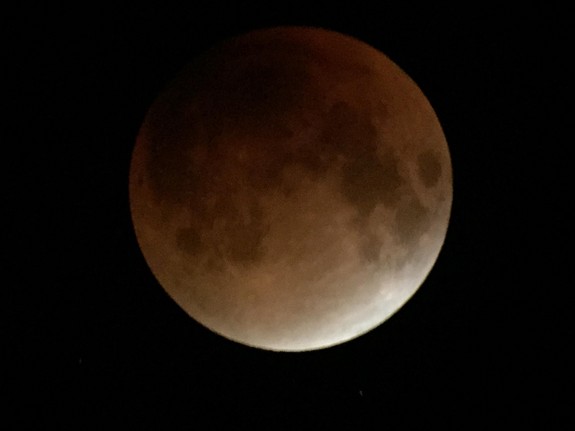10:10 AM | The super solar storm of 1859 now known as the Carrington Event
Paul Dorian
The sun has been relatively quiet in recent years and the current solar cycle (24) is actually on pace to be the weakest in over one hundred years. Even weak solar cycles, however, can produce significant solar storms. In fact, it was this time of year back in 1859 when a super solar storm - now known as the Carrington Event - took place during another weak solar cycle (# 10). The event has been named for the British astronomer, Richard Carrington, as he observed from his own private observatory the largest solar flare during this event which caused a major coronal mass ejection (CME) to travel directly toward Earth. Fortunately, solar storms of this magnitude are quite rare as it would very likely have a much more damaging impact on today’s world than it did in the 19th century.
Read More




